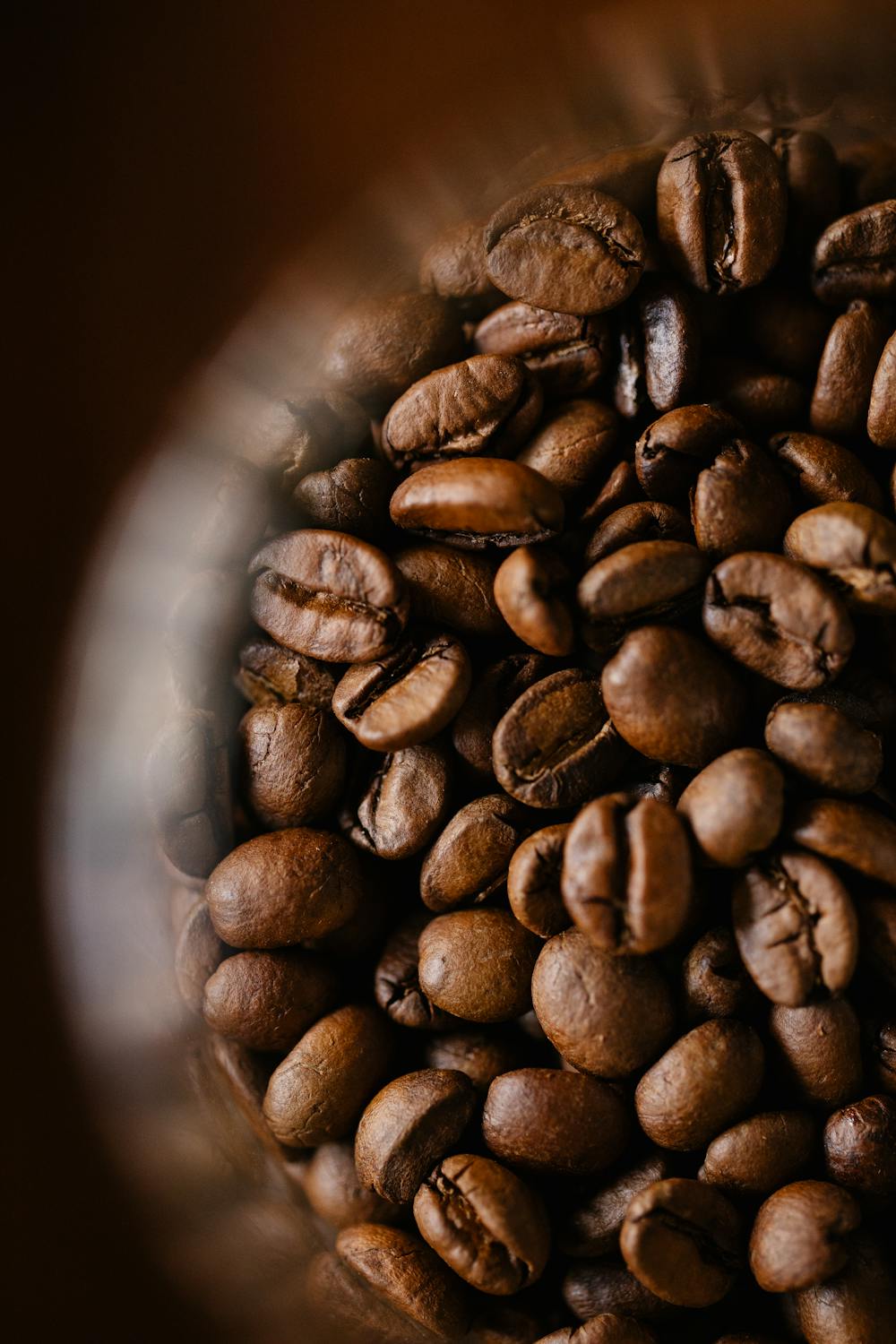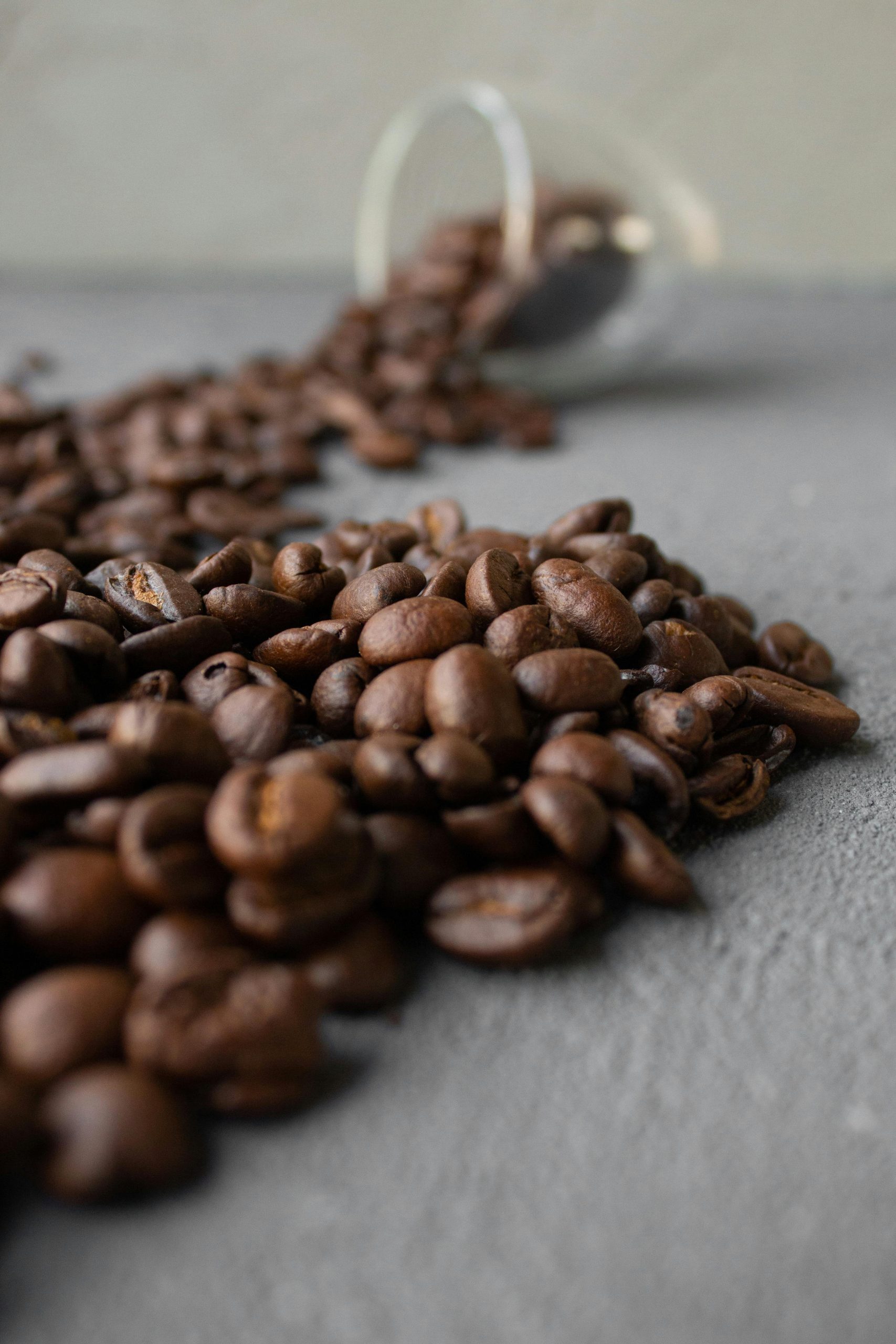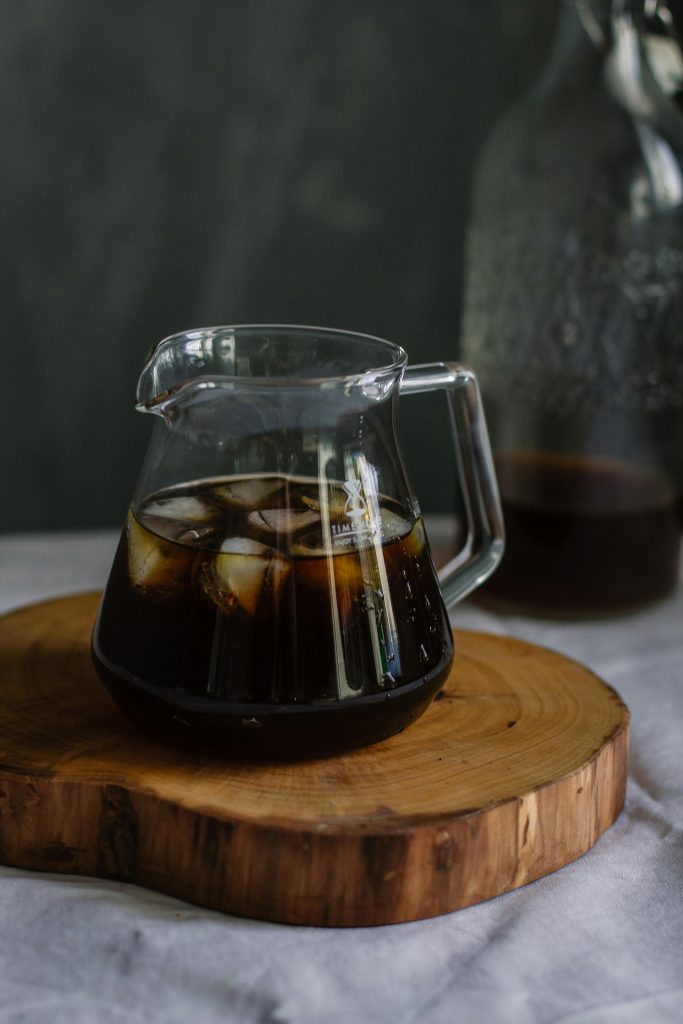Cold brew coffee has surged in popularity for its smooth, refreshing taste and lower acidity. One of the secrets to an exceptional cold brew lies in the selection of coffee beans. Different beans can significantly impact the flavor, aroma, and overall experience of your cold brew. This guide delves into the best coffee beans for cold brew, helping you make an informed choice to craft your perfect cup.

Why Bean Selection Matters

The quality and type of coffee beans directly influence the flavor profile of your cold brew. Here’s why selecting the right beans is essential:
- Flavor Complexity: The beans determine the sweetness, acidity, and body of the final product.
- Roast Level: The roast level affects the taste and strength.
- Origin: Coffee beans from different regions have unique flavors.
- Freshness: Fresh beans result in better flavor extraction.
- Grind Size: Coarse grind is ideal for cold brew, preventing over-extraction and bitterness.
Ideal Roast Levels

When it comes to cold brew, medium to dark roasts are often preferred. Here’s a closer look at why these roasts work best:
- Medium Roast: Offers a balanced flavor with hints of fruit and sweetness. It’s smooth and not too acidic, making it ideal for a well-rounded cold brew. Medium roasts preserve the bean’s natural flavors while providing a sweet, aromatic brew.
- Dark Roast: Provides a bolder, richer taste with chocolatey and nutty notes. It creates a deep, full-bodied cold brew that’s less acidic. Dark roasts offer a robust flavor that stands out when diluted with ice or milk.
Best Coffee Beans by Origin
The origin of the coffee beans plays a significant role in the flavor profile of your cold brew. Here are some top choices:
1. Ethiopian Beans
Ethiopian coffee beans are known for their bright, fruity flavors. They produce a vibrant cold brew with notes of blueberry, strawberry, and citrus. Ethiopian beans are perfect if you prefer a light and refreshing cold brew with complex flavor notes.
2. Colombian Beans
Colombian beans are a favorite for many cold brew enthusiasts. They offer a balanced profile with caramel sweetness, medium acidity, and a smooth body. The cold brew from Colombian beans is rich and full-flavored, providing a classic coffee taste with a hint of sweetness.
3. Brazilian Beans
Brazilian coffee beans are ideal for those who enjoy a nutty, chocolatey cold brew. They have low acidity and a creamy body, making the cold brew smooth and comforting. Brazilian beans often bring out flavors of cocoa and hazelnut, which are delicious in cold brew.
4. Sumatran Beans
Sumatran beans are known for their earthy, spicy, and complex flavors. They produce a heavy-bodied cold brew with low acidity and a rich, syrupy mouthfeel. Sumatran beans are perfect for those who like a deep, intense cold brew with unique flavor undertones.
Specialty Blends
Many roasters offer specialty blends designed specifically for cold brew. These blends combine beans from different regions to create a unique and balanced flavor profile. Specialty blends are crafted to enhance the natural sweetness and reduce bitterness, resulting in a smooth, enjoyable cold brew. Some popular blends might include combinations like Ethiopian and Brazilian beans for a fruity yet nutty cold brew.
Tips for Brewing the Best Cold Brew

Once you have selected the perfect beans, follow these tips to brew an excellent cold brew:
- Use Fresh Beans: Always use freshly roasted beans for the best flavor. Fresh beans ensure that the oils and compounds responsible for flavor are at their peak.
- Grind Coarse: A coarse grind prevents over-extraction and bitterness. The larger coffee particles result in a cleaner, less muddy cold brew.
- Steep Long Enough: Allow the coffee to steep for at least 12-24 hours. This long steeping time ensures that the flavors are fully extracted.
- Use Cold, Filtered Water: This ensures a clean, crisp taste. Impurities in water can affect the final flavor of your cold brew.
- Adjust Ratios: Experiment with coffee-to-water ratios to find your preferred strength. A common starting point is a 1:4 ratio of coffee to water.
Cold Brew Recipes with Specific Beans
Ethiopian Cold Brew
- Ingredients: 1 cup coarsely ground Ethiopian beans, 4 cups cold, filtered water.
- Instructions: Combine coffee and water in a jar. Stir to mix well. Steep in the fridge for 16-20 hours. Strain using a fine-mesh sieve or cheesecloth. Serve over ice, diluted with water or milk to taste.
Colombian Cold Brew
- Ingredients: 1 cup coarsely ground Colombian beans, 4 cups cold, filtered water.
- Instructions: Mix coffee and water in a large pitcher. Cover and refrigerate for 12-18 hours. Strain and enjoy over ice with a splash of milk or cream.
Brazilian Cold Brew
- Ingredients: 1 cup coarsely ground Brazilian beans, 4 cups cold, filtered water.
- Instructions: Combine the coffee and water. Stir and let steep in the fridge for 14-20 hours. Strain and serve over ice with a touch of sweetener if desired.
Sumatran Cold Brew
- Ingredients: 1 cup coarsely ground Sumatran beans, 4 cups cold, filtered water.
- Instructions: Mix the coffee and water. Steep in the refrigerator for 18-24 hours. Strain and enjoy over ice for a bold, earthy flavor.
Sustainability and Cold Brew
Cold brew aligns with the growing trend toward sustainability in coffee culture. Making cold brew at home reduces the need for single-use coffee pods and takeaway cups. Additionally, spent coffee grounds from cold brew can be repurposed in gardens as compost, making it an eco-friendly choice. Many specialty coffee roasters also focus on sustainable sourcing, ensuring that the beans you choose for your cold brew are ethically produced.
Cold Brew and Health Benefits
Cold brew isn’t just delicious; it also offers several health benefits. Here are a few reasons why you might want to incorporate cold brew into your daily routine:
- Lower Acidity: Cold brew has a lower acidity level than hot-brewed coffee, making it gentler on the stomach and teeth.
- Antioxidants: Like all coffee, cold brew is rich in antioxidants, which can help protect your cells from damage and reduce inflammation.
- Hydration: Cold brew is typically consumed over ice, which can help keep you hydrated, especially during the hot summer months.
Selecting the right coffee beans is crucial for crafting the perfect cold brew. Whether you prefer the bright, fruity notes of Ethiopian beans or the rich, chocolatey flavors of Brazilian beans, there’s a perfect choice for every palate. By understanding the impact of roast level, origin, and bean quality, you can elevate your cold brew experience. Explore different beans, experiment with blends, and enjoy the refreshing, smooth taste of a well-made cold brew. Cold brew coffee offers endless possibilities for customization and enjoyment, making it a delightful addition to your coffee repertoire.
